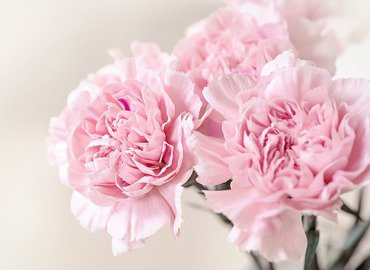
Find how to orchestrate blossoms and make a vibrant, proficient-looking bouquet. Utilize these table flower arrangements to show sprouts delightfully while keeping them looking new.
Stage 1: Select a decorative layout plan
Before you go for table flower arrangements, settle on various plots for your game plan. Then, when you purchase blossoms, you realize you’re getting correlative tones. Monochromatic plans that feature a wide range of tones of a similar variety can be eye-getting.
Stage 2: Prepare and cut blossoms
You may be enticed to begin organizing your blossoms when you return home. In any case, there are significant stages to take to plan blossoms and expand their life. Eliminate any additional leaves or harmed petals from the stems first.

Stage 3: Select a vessel
Consider the blossoms you use when picking a jar or other compartment for your plan. Tulips, for instance, need the help of a straight-sided container, though tall branches or unbalanced blossoms might require a weighted vessel.
Stage 4: Get your bloom container prepared
The primary bloom plan strategy doesn’t have anything to do with the actual blossoms — all it’s about is the vessel you place them in. If the blossoms don’t have areas of strength, they will go to pieces, and your plan will self-destruct. Make a network of botanical tape over the mouth of the container to keep the blossoms set up. Stick the stems through the network’s openings to keep them set up.
Stage 5: Make a vegetation base
Landing vegetation as a base is the ideal way to orchestrate blossoms. Vegetation choices incorporate eucalyptus, ivy, and greenery fronds. Make a reversed three-sided shape with the vegetation stems.
Stage 6: Finish with central blossoms
The central blossoms are usually the giant sprouts or those with a surprising tone or surface. Try to involve odd numbers for a more regular (not balanced) appearance.
Stage 7: Fill in the holes with filler blossoms
Fill the game plan with more modest blossoms and textural components to fill in around the central blossoms. Once more, don’t organize every one of the supporting blossoms upward or to the sides. Believe the plan’s shape to be a vault; you should fill in all points of that vault for it to look total.
Stage 8: Complete your decorative layout
Wrap with floaters or fragile blossoms like green filler, sedum, or yarrow. Place these last to avoid getting crunched or covered by heavier blossoms. Greenery suggests spritzing your completed bloom plan with water before showing it to mimic the appearance of new dew.







